Picture this: you’re trying to grab groceries in your hometown, yet the sidewalks are packed with people taking selfies, local restaurants have hour-long waits, and your rent has skyrocketed because short-term rentals have taken over your neighborhood. This is life in an overtouristed city, where the attraction that first drew tourists has turned to be both a blessing and a curse for the locals.
These destinations didn’t set out to become tourist magnets that overwhelm their infrastructure and displace residents. Many began as quiet, authentic places that gradually gained popularity through social media and word-of-mouth recommendations. Here is a list of 20 cities where locals are feeling the strain of too many visitors and genuinely wish tourists would give them some breathing room.
Venice, Italy
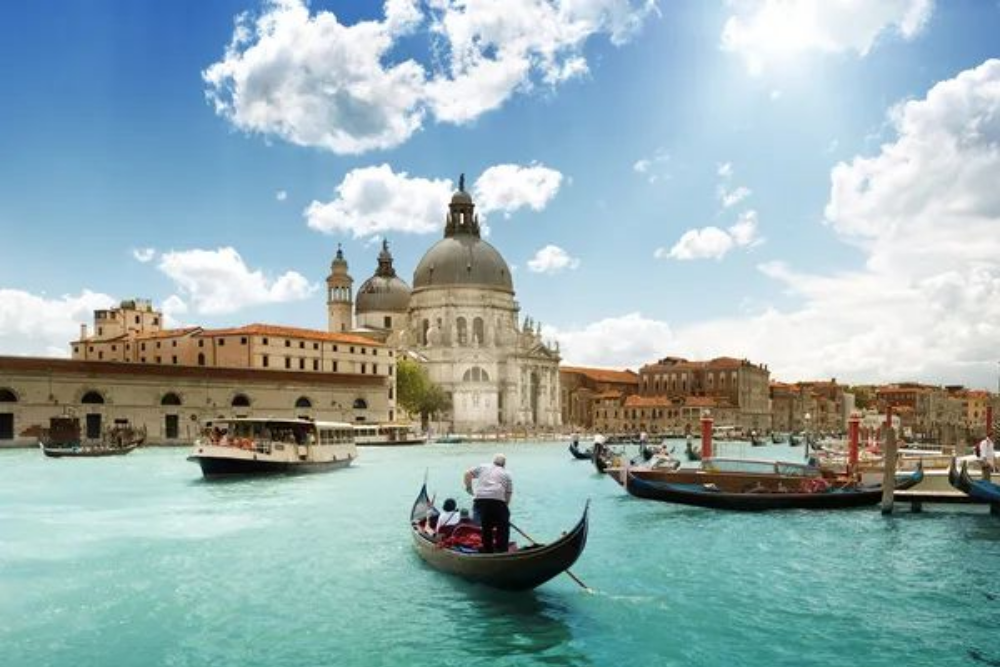
Venice receives about 30 million visitors annually, though only around 50,000 people actually live there permanently. The city has become so crowded that locals often can’t navigate their neighborhoods during peak tourist season.
Many Venetians have been forced to move to the mainland because housing costs have become astronomical due to the conversion of residential properties into tourist accommodations.
Hallstatt, Austria
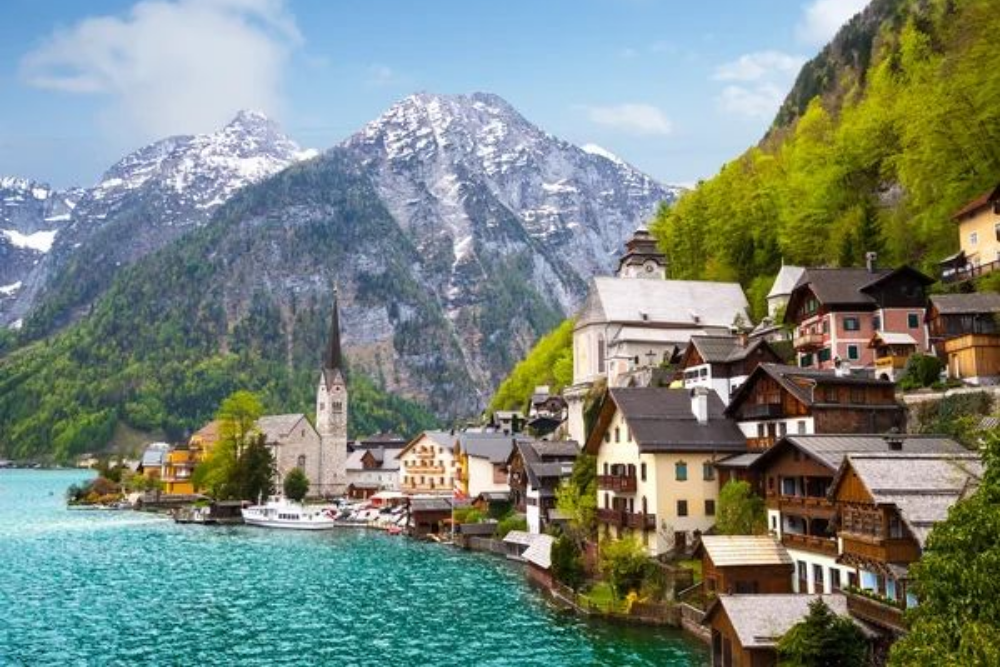
This tiny Alpine village of just 800 residents sees up to 10,000 tourists per day during summer months. The picturesque lakeside town became an Instagram sensation, leading to massive crowds that completely overwhelm the narrow streets and small infrastructure.
Local officials have had to implement crowd control measures and limit tour bus access to ensure that residents can continue their daily lives.
Like Travel Pug’s content? Follow us on MSN. content? Follow us on MSN.
Santorini, Greece
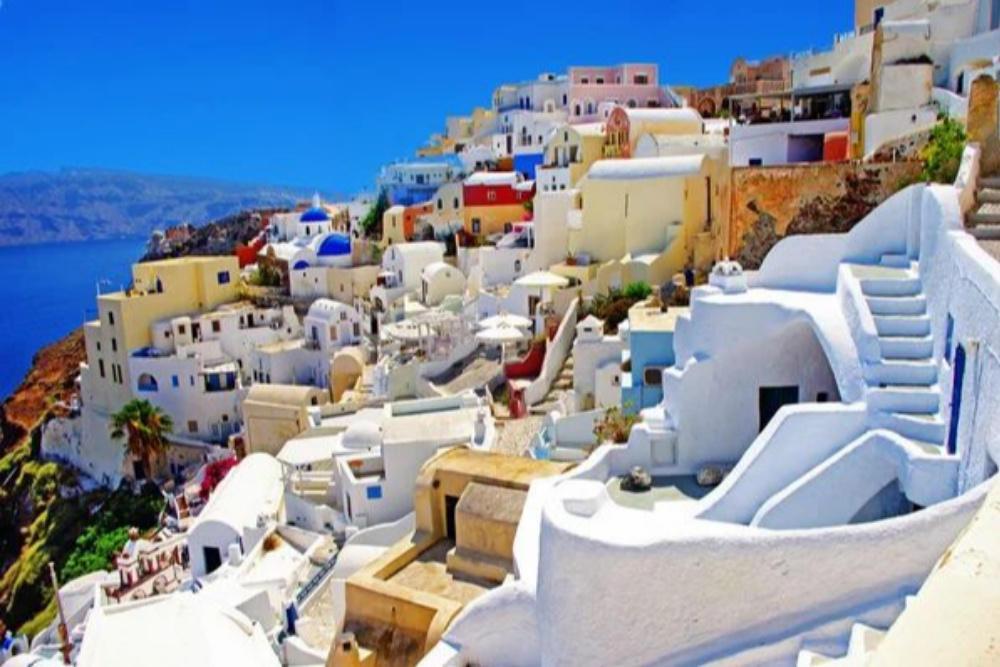
The stunning Greek island’s population swells from 15,000 residents to over 100,000 people during peak season. Locals struggle with water shortages — and traffic jams on roads never designed for such high volume — as well as the complete transformation of their traditional communities into tourist-focused businesses.
Many young locals leave the island permanently because they can’t afford to live where they grew up.
Barcelona, Spain
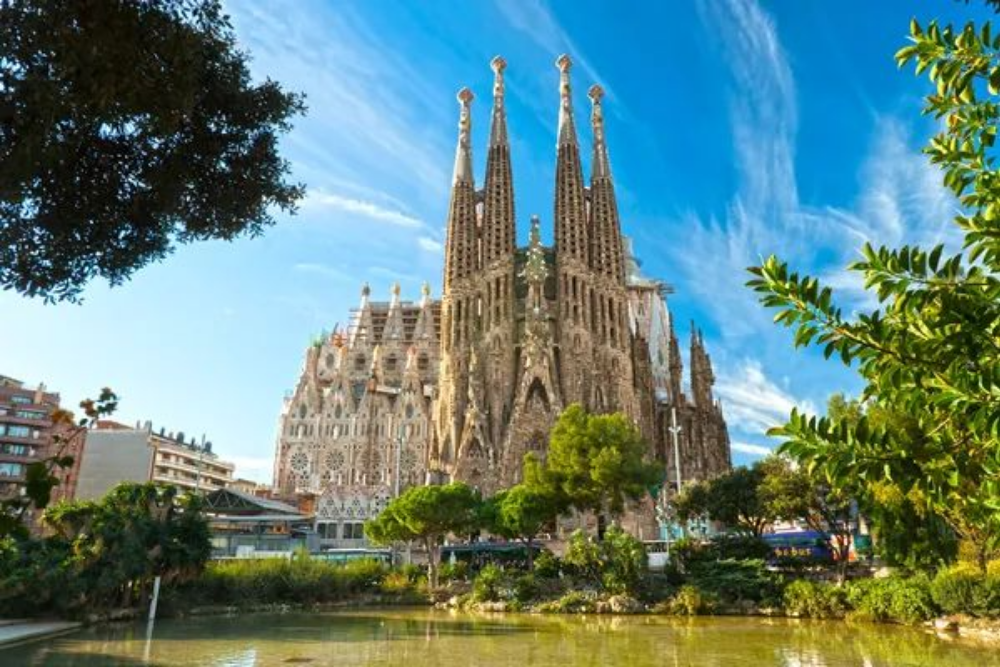
Residents of certain Barcelona neighborhoods have organized protests against overtourism, holding signs that read ‘Tourists go home.’ The city’s Gothic Quarter and beachfront areas have become so saturated with visitors that locals avoid these formerly beloved parts of their city.
Housing prices have increased dramatically as property owners convert apartments into short-term rentals, pushing out long-term residents.
Bruges, Belgium
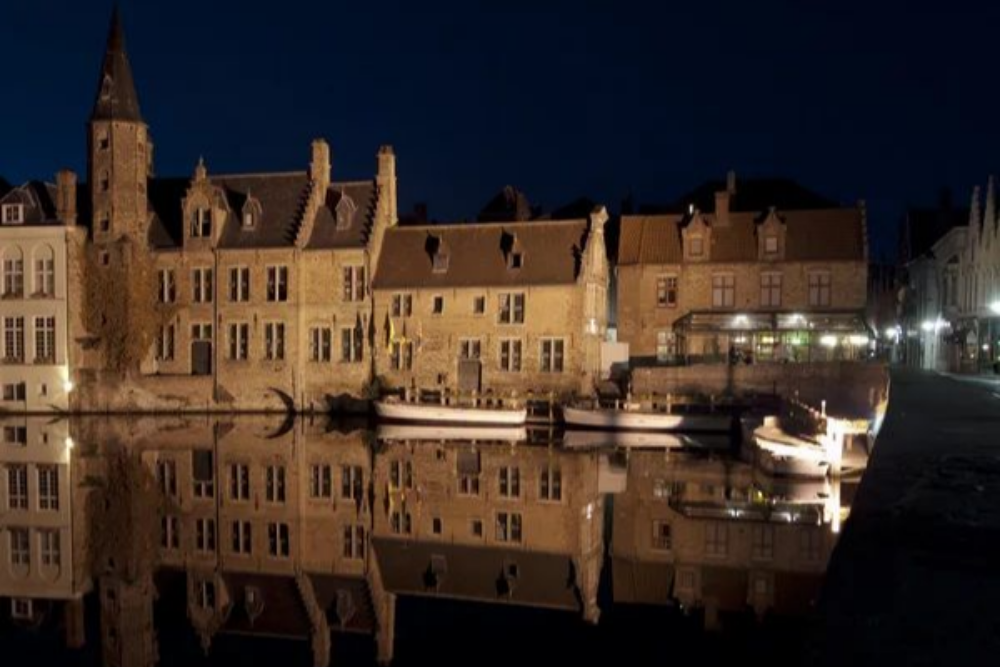
This medieval Belgian city, home to 120,000 people, receives over 8 million tourists annually, creating a situation where the historic center feels more like a theme park than a living community. Locals joke that they need to schedule their errands around cruise ship arrival times to avoid the massive crowds.
The city centers have become so expensive that most residents now live in the outer areas, leaving the beautiful historic core primarily to tourists and tourist businesses.
Like Travel Pug’s content? Follow us on MSN. content? Follow us on MSN.
Dubrovnik, Croatia
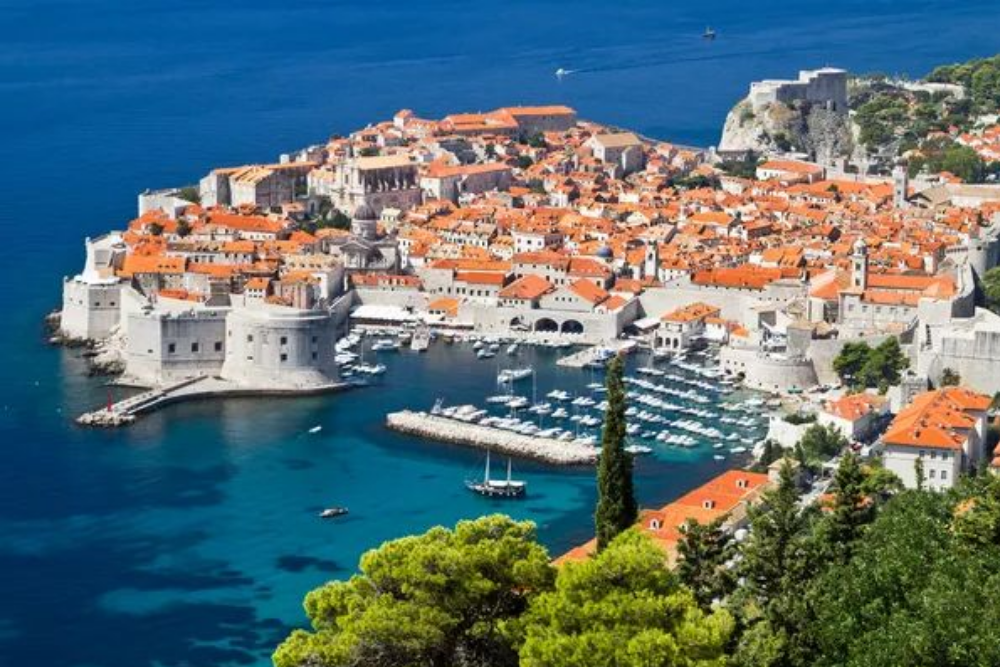
The ‘Pearl of the Adriatic’ became even more popular after serving as King’s Landing in Game of Thrones — though the city’s walls and narrow streets simply can’t handle the volume of visitors. Local authorities have had to limit the number of people allowed in the Old Town at any given time.
Residents report feeling like strangers in their city, especially during the summer months when tourists outnumber locals by massive margins.
Kyoto, Japan
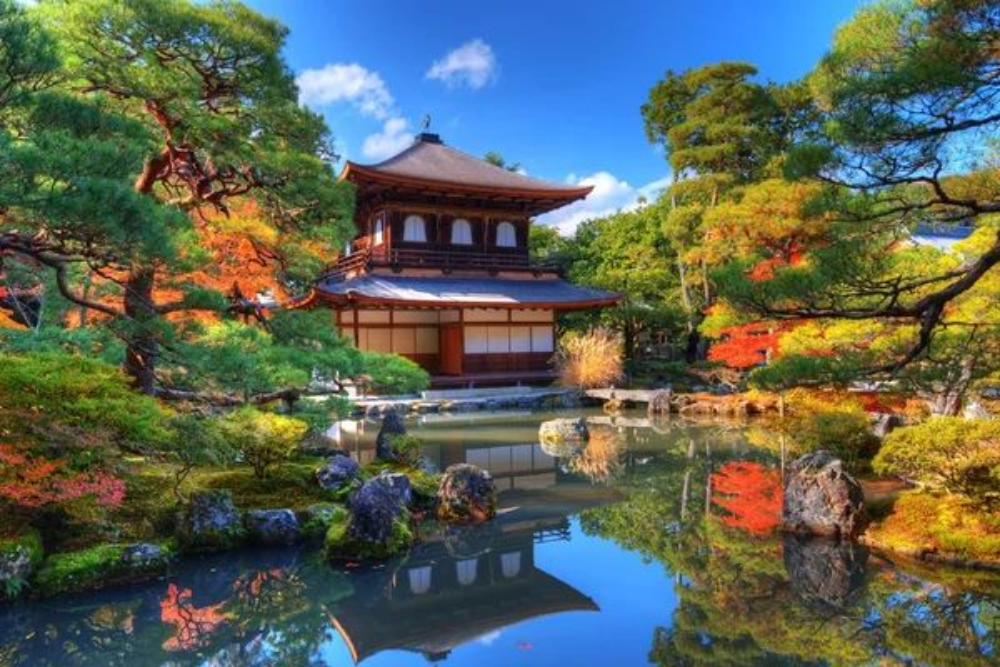
Traditional neighborhoods like Gion have become so overrun with tourists trying to spot geishas that local authorities have had to rope off certain streets. Residents complain about visitors blocking their driveways, taking photos through their windows, and generally treating their neighborhoods like outdoor museums.
The city has implemented fines for inappropriate tourist behavior, yet the sheer volume of visitors continues to disrupt daily life.
Reykjavik, Iceland
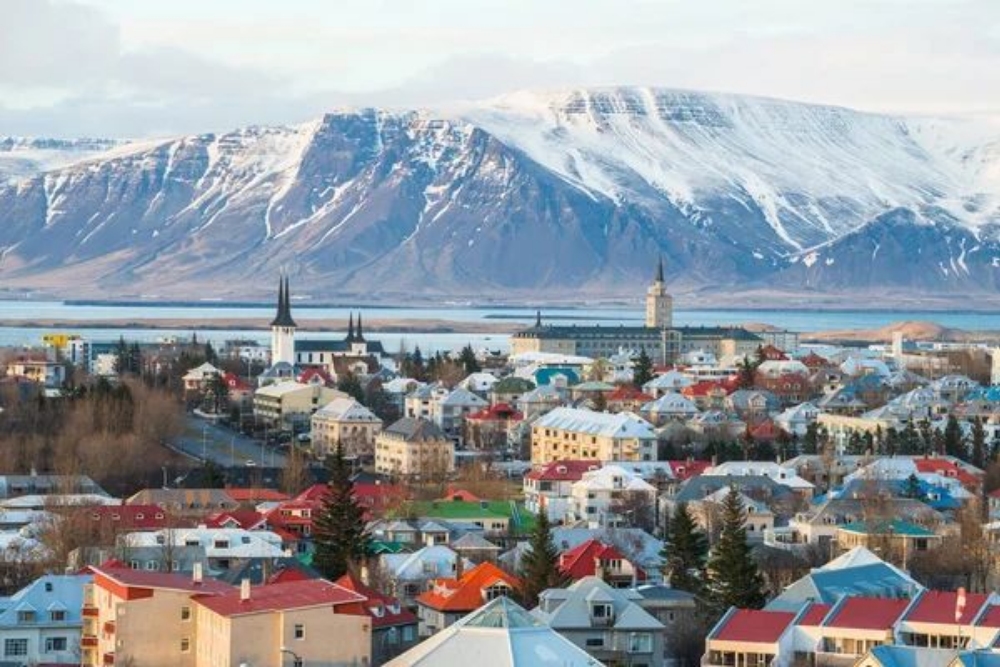
Iceland’s tourism boom increased visitor numbers from 500,000 in 2010 to over 2 million before the pandemic, overwhelming this small Nordic capital. Locals have seen their favorite hiking spots become crowded parking lots and their traditional hot springs turned into tourist attractions with entrance fees.
The rapid growth of tourism has also contributed to a housing crisis that has priced many Icelanders out of their capital city.
Like Travel Pug’s content? Follow us on MSN. content? Follow us on MSN.
Amsterdam, Netherlands
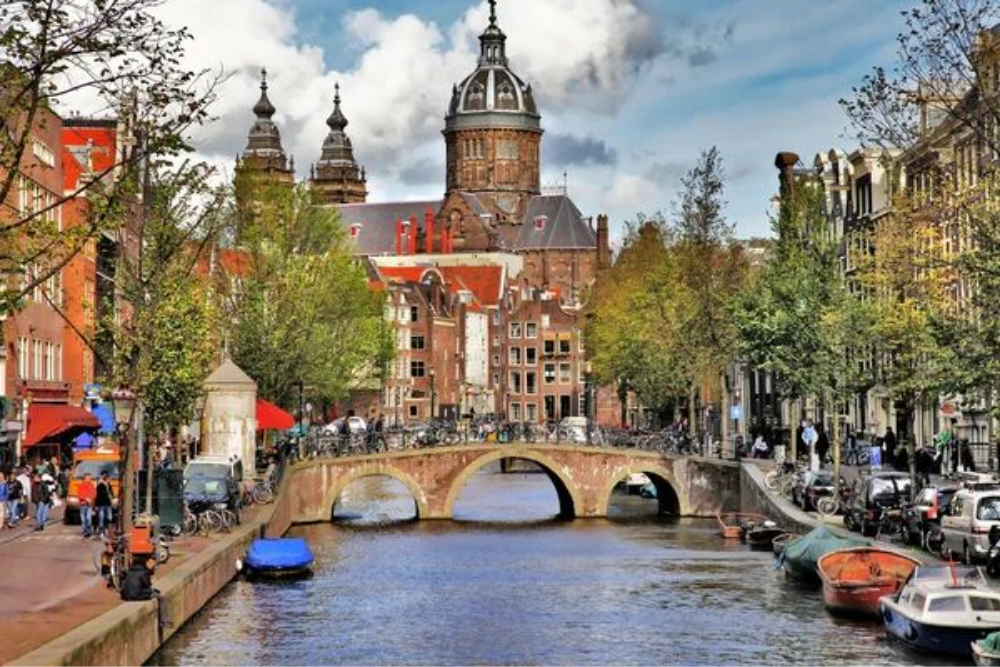
The Dutch capital has become synonymous with party tourism, creating tension between visitors seeking a good time and residents trying to maintain their quality of life. Certain neighborhoods have banned short-term rentals entirely, while the city has implemented measures to discourage rowdy tourism.
Locals in the historic center report constant noise, littering, and disruptive behavior that make it difficult to enjoy their neighborhoods.
Lisbon, Portugal
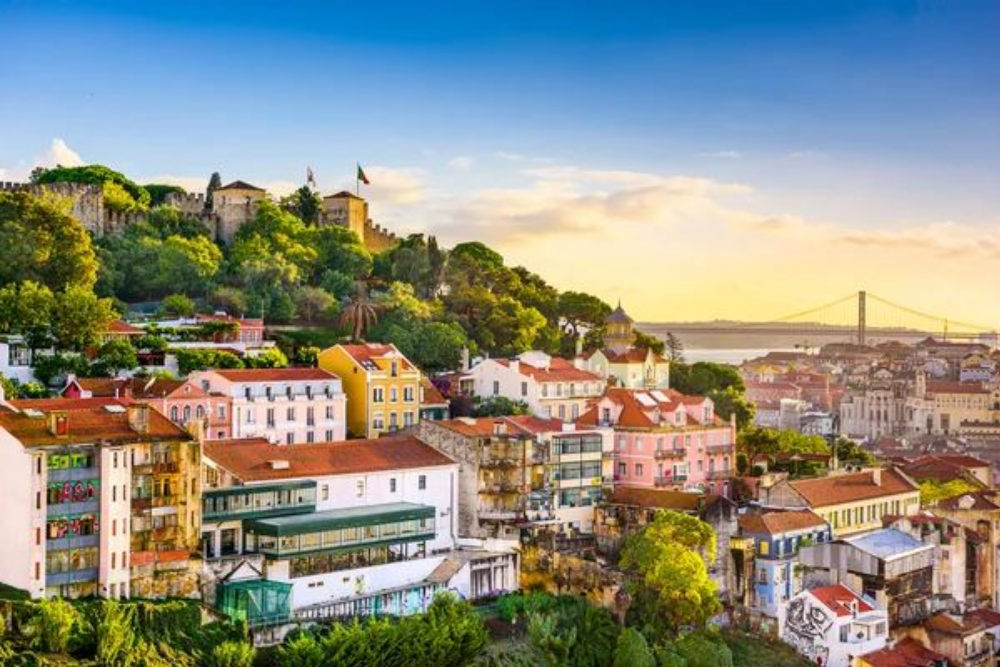
Portugal’s capital has experienced a surge in tourism that has transformed traditional neighborhoods beyond recognition. Local families have been priced out of areas like Alfama and Bairro Alto as property owners convert homes into tourist accommodations.
Many Lisbon natives now commute from distant suburbs because they can no longer afford to live in the city where they were born and raised.
Florence, Italy
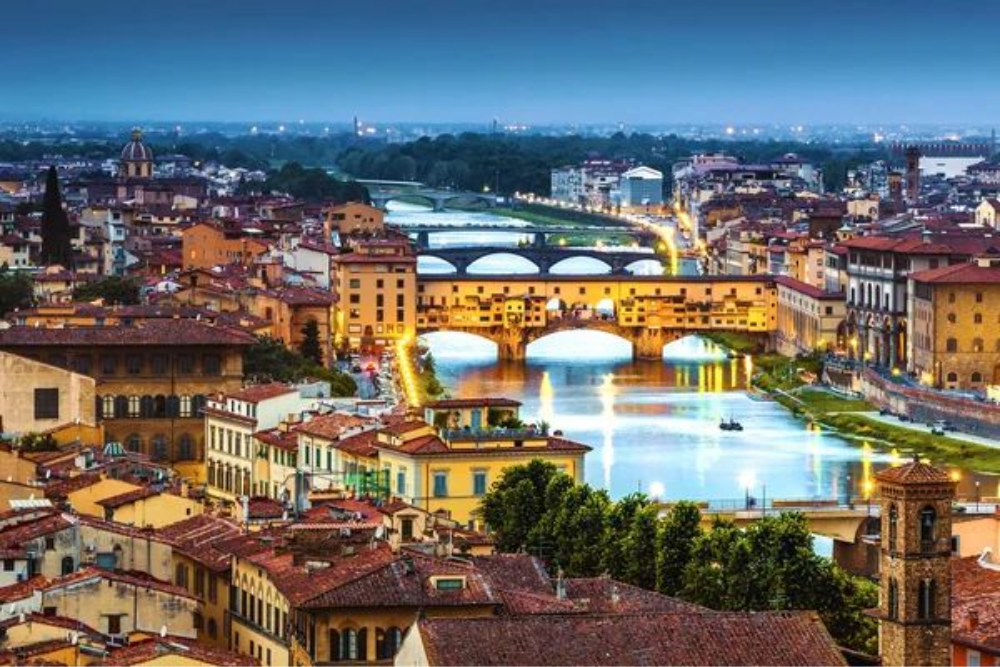
The birthplace of the Renaissance receives over 16 million visitors annually, creating human traffic jams around major attractions like the Duomo and Uffizi Gallery. Locals have to plan alternative routes through their city to avoid tourist crowds, while many traditional businesses have been replaced by souvenir shops and tourist restaurants.
The city center increasingly feels like it exists solely for visitors rather than the people who call Florence home.
Like Travel Pug’s content? Follow us on MSN. content? Follow us on MSN.
Prague, Czech Republic
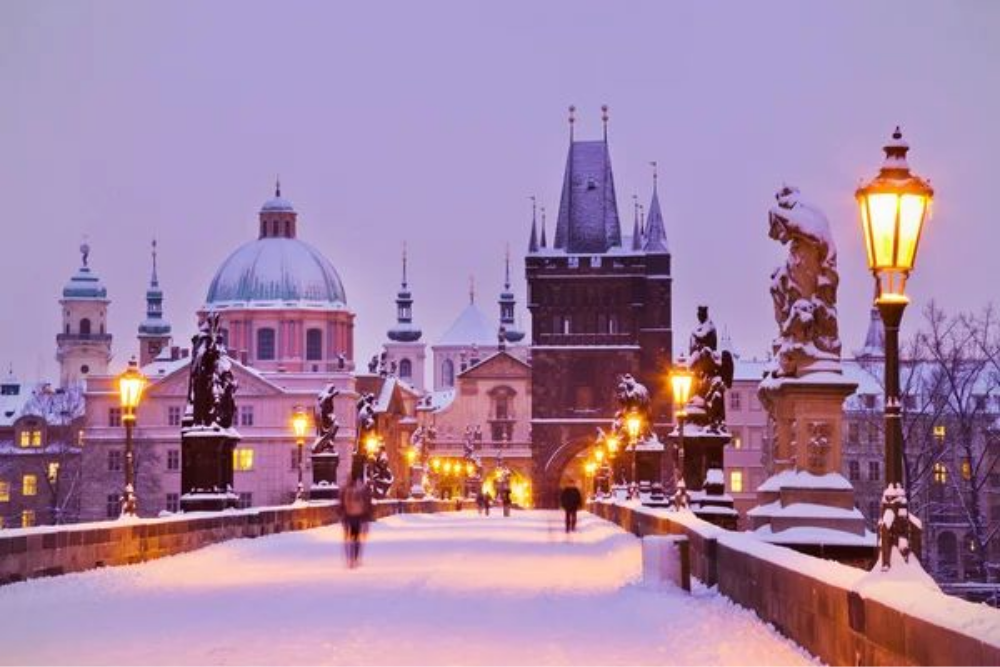
The Czech capital’s fairy-tale appearance draws millions of visitors, though locals in the historic center report feeling overwhelmed by constant crowds and noise. Traditional pubs and shops have been replaced by tourist-oriented businesses, changing the character of neighborhoods that have existed for centuries.
Many Prague residents avoid the Old Town entirely during peak tourist season, essentially being displaced from the heart of their city.
Tulum, Mexico
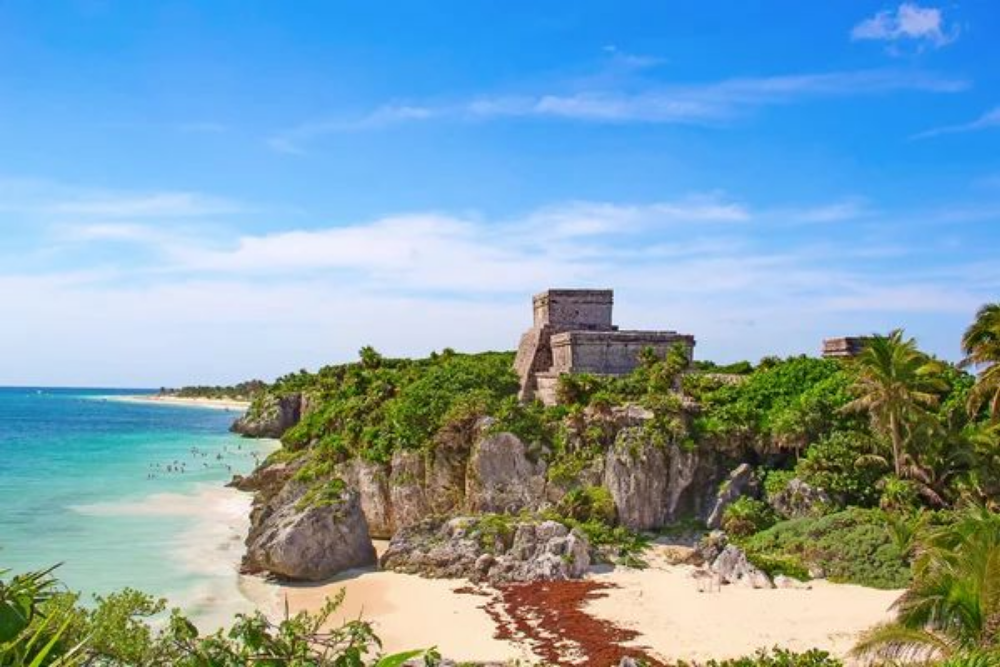
This once-quiet beach town on Mexico’s Caribbean coast has exploded in popularity, particularly among Instagram influencers and wellness tourists. The rapid development has strained local infrastructure, with frequent power outages and water shortages becoming common problems.
Many local families can no longer afford to live near the beach where they’ve worked for generations, as property values have skyrocketed due to tourism development.
Banff, Canada
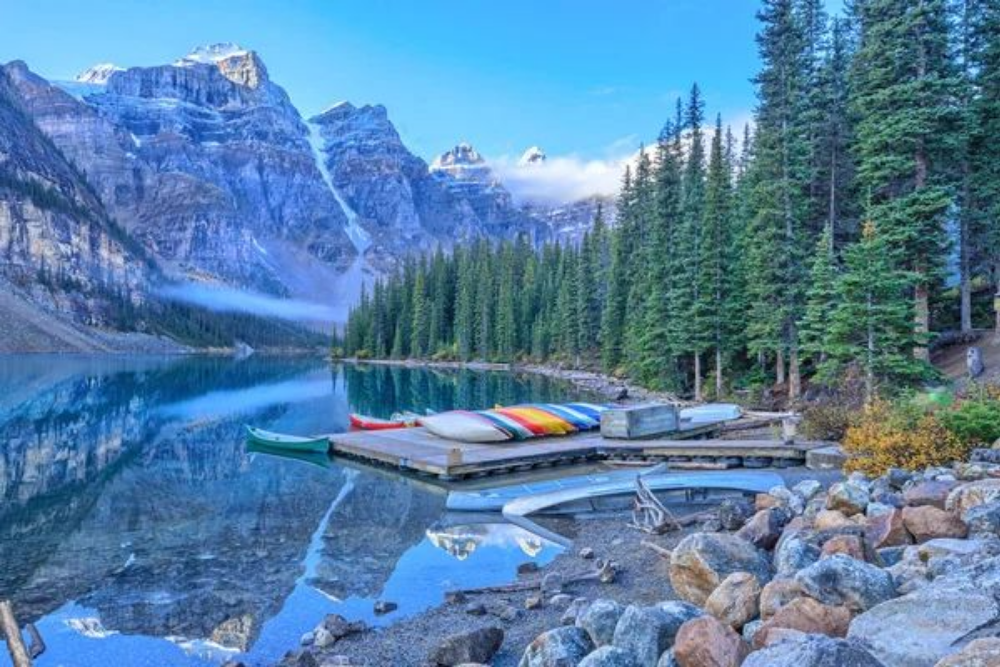
The Canadian Rockies town’s population of 8,000 swells to over 40,000 during peak season, creating massive traffic jams and overcrowded hiking trails. Local workers often can’t find affordable housing and end up commuting from Calgary, 90 miles away, because tourism has driven up real estate prices so dramatically.
Residents joke that they need to schedule their mountain hikes like military operations to avoid the crowds of tourists.
Like Travel Pug’s content? Follow us on MSN. content? Follow us on MSN.
Sedona, Arizona

This desert town’s stunning red rock formations have made it a bucket-list destination, yet the influx of visitors has overwhelmed the small community’s resources. Popular hiking trails require arriving before dawn to find parking, while locals report that their favorite quiet spots have become crowded with viewpoints.
The tourism boom has also contributed to a housing shortage, making it nearly impossible for service workers to live in the town where they work.
Key West, Florida
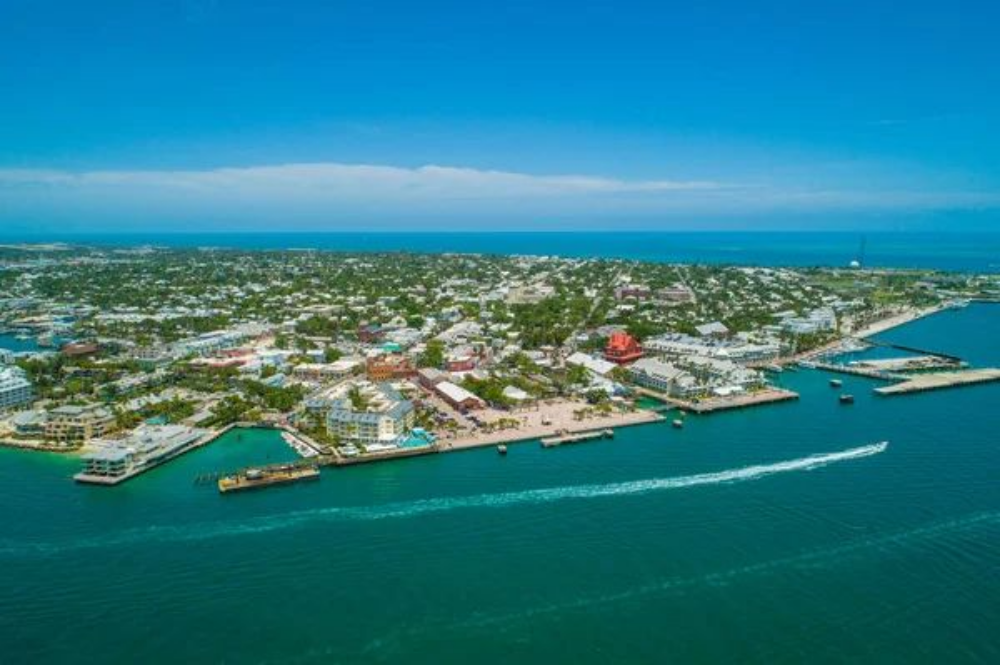
The southernmost point of the continental United States sees massive crowds from cruise ships and road-trippers, though the small island’s infrastructure struggles to handle the volume. Locals deal with traffic jams on the single road leading to the island and overcrowded beaches and restaurants.
Many long-time residents have been priced out by vacation rental conversions, fundamentally changing the character of this quirky island community.
Charleston, South Carolina
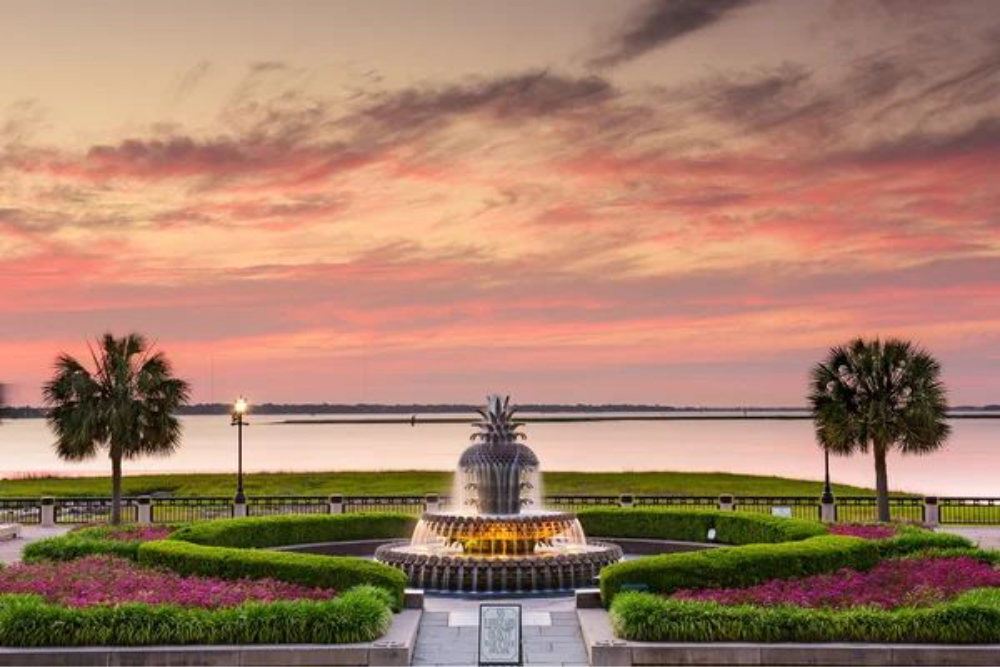
Charleston, South Carolina
The Southern charm that makes Charleston so appealing to tourists has also made it increasingly difficult for locals to afford to live there. Historic neighborhoods have seen traditional homes converted to short-term rentals, while popular areas like King Street have become so crowded that residents avoid them entirely.
The city’s struggled to balance preserving its character while managing the economic pressures of overtourism.
Like Travel Pug’s content? Follow us on MSN. content? Follow us on MSN.
Jackson, Wyoming
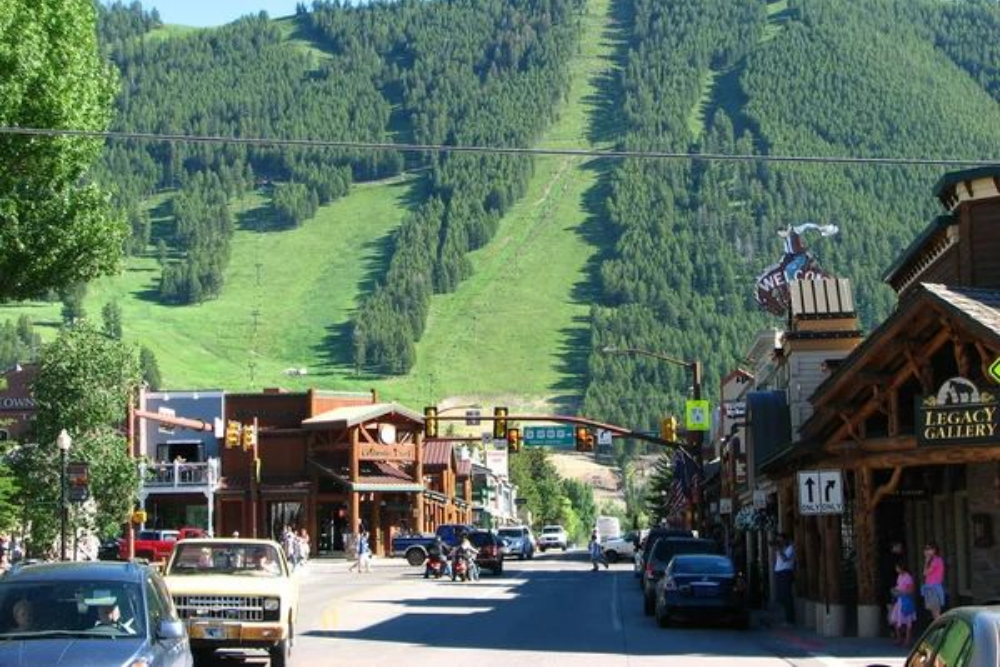
This gateway to Yellowstone and Grand Teton National Parks has become one of the most expensive places to live in the United States, largely due to the pressure of tourism. Local workers often live in their cars or commute from Idaho because they can’t afford housing in the town where they work.
The picturesque town square that once served locals has become primarily a tourist attraction, fundamentally changing the community’s dynamic.
Zion National Park Area, Utah

The small town of Springdale, which serves as the gateway to Zion National Park, has been completely transformed by tourism growth. Residents deal with constant traffic, limited parking, and crowds that make simple errands, such as grocery shopping, a major challenge.
The park’s popularity has driven up housing costs so much that many workers can’t afford to live in the community they serve.
Cinque Terre, Italy
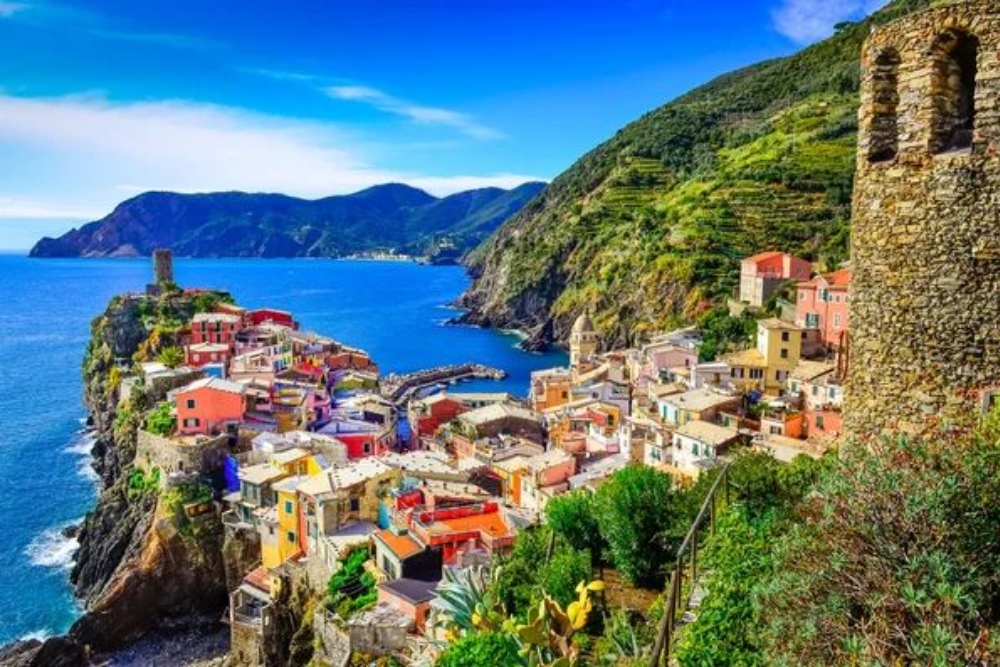
These five coastal villages were designed for fishing communities, not the millions of tourists who now visit annually. The narrow paths between towns become dangerously overcrowded, while locals report that they can barely move through their villages during peak season.
Traditional fishing and farming livelihoods have mostly disappeared, replaced by tourism businesses that serve visitors yet offer little for permanent residents.
Like Travel Pug’s content? Follow us on MSN. content? Follow us on MSN.
When Paradise Becomes a Problem
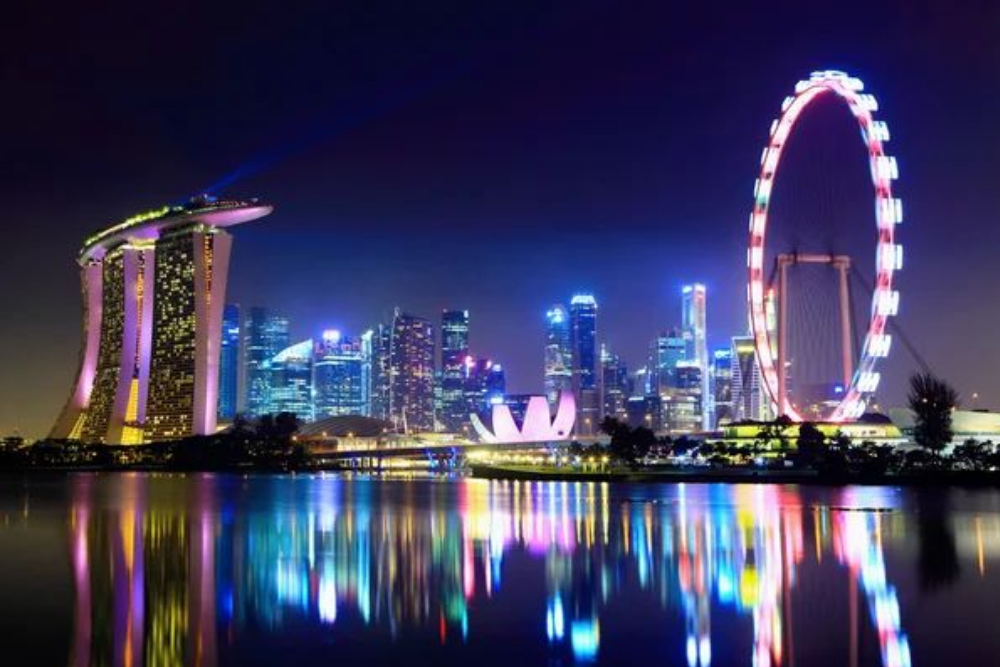
The irony of overtourism is that the very qualities that make these places special — their authenticity, beauty, and unique character — get diluted when too many people discover them at once. These communities didn’t choose to become tourist destinations; they simply existed as wonderful places to live until the world took notice. Many are now implementing creative solutions, such as visitor caps, tourist taxes, and regulations on short-term rentals.
However, the challenge remains: how do you preserve what makes a place special while still allowing others to experience it? The most successful destinations will be those that find ways to benefit from tourism without sacrificing the soul of their communities.
More from Travel Pug

- 20 Best Beach Towns in the Carolinas
- 13 Destinations Where Tourists Regularly Regret Their Trip
- 20 Things You Actually Get in First Class
- 20 Small Airports With Aviation Museums
- 20 Places in the U.S. That Are Perfect for a Reset Trip
Like Travel Pug’s content? Follow us on MSN. content? Follow us on MSN.
